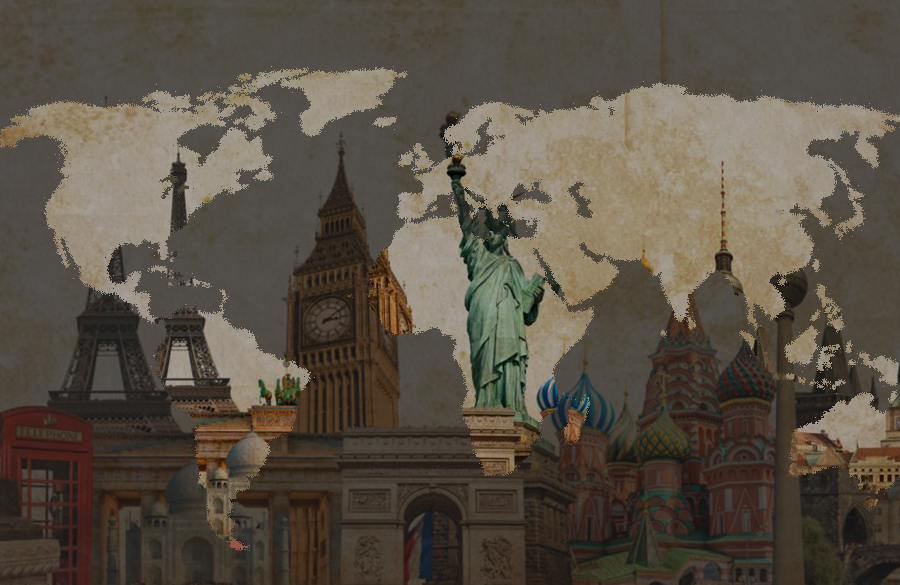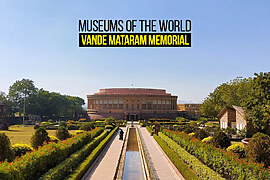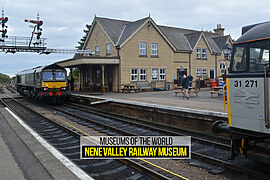“As an architect you design for the present, with an awareness of the past, for a future which is essentially unknown.” – Norman Foster
Paired with multiple definitions and interpretations, the field of architecture has an ever-growing identity and a vast network of aspects that determine the nature of the built. It can rightly be said that one cannot learn everything in the school of architecture and that the real-life prose broader context and diverse concepts. As mentioned by Foster, one must be aware of the past to design for an unknown future. It is crucial to expand the boundaries and understand the realms of architecture, which can take about a lifetime of learning and exploring different domains simultaneously.
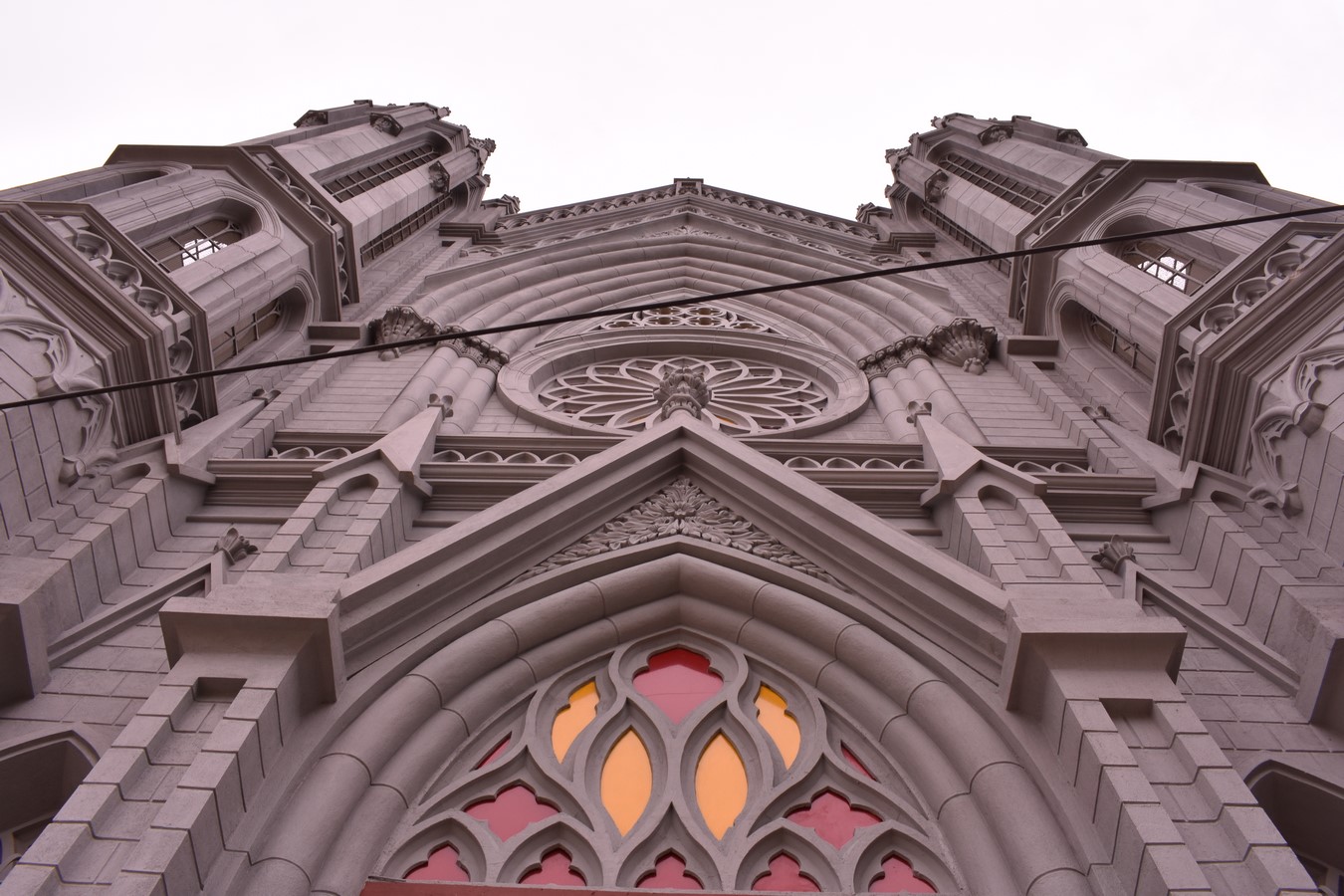
However, every architect develops a knack for travelling and exploring during their life at school. The constant process of learning and unlearning to realize the importance of the past helps one determine new aspects further that help them become sensitive towards various factors of a built environment. Apart from gaining knowledge, a richer understanding of different cultures and lands helps fathom the true essence of life and its impact on architecture.
Nonetheless, travelling may sound like an exciting method to learn, it is important to analyze various factors to have an efficient journey concerning monetary needs and time. There are numerous factors that one needs to cater to before they leave for their expedition, such as budgeting, identifying the famous structures, planning the trip, developing a suitable itinerary, and managing work life. Setting goals can also help one plan their trip adhering to their desired purpose.
Planning
Appropriate planning with attention to smaller details can add a lot to the experience one undergoes during their trip. Factors such as the climatic and economic seasons can either enhance or undermine one’s adventure. Identifying the aim of the expedition and creating a suitable itinerary that caters to the goal is crucial to make it a successful and rewarding journey. Proper planning also ensures a smooth transition and also leaves room for comfort and exploration.

Putting in that extra effort can help the traveler know about how to prepare their itinerary so one doesn’t overlap places and gets the opportunity to explore and analyze the structures deeply. Travelling does not limit to just visiting famous buildings, but it is necessary to quantify the expedition in terms of conceptual understanding and technical knowledge.
While planning the tour, it is also crucial to understand the state of the place and the suitable climate. Ideally, an architect plans to not only visit the city but have a taste of its culture. Thus, choosing to go in an offseason can help one encounter the local public more and experience their lifestyle and culture rather than being lost in the heavy footfall of foreigners raiding the cities.
Budgeting
Preparing a proper finance plan can help one a lot of last-minute hustle during their excursion. Luxurious holidays and expansive bills can only help one travel for a short amount of time, to take a break from work. However, an architect is never off duty. Even while visiting a new place, they are always on alert and are continuously observing their surroundings and making notes.
Students or recent graduates who are inclined towards traveling cannot afford to take multiple trips annually. Thus, with proper financial planning and setting priorities for their goals, one can opt for many cost-cutting methods.
The maximum cost that one needs to bear is that of travel and accommodation. Nowadays, students or even graduates choose to stay in hostels, which only helps them save money but also allows them to engage with people from various backgrounds and willing to explore the town. Traveling within the city can be scary when one enters unknown territory. Gaining the appropriate information regarding the public transport system, and acquiring a travel pass can help one save a lot of time and money. With a brief idea about the location of desired spots, it also becomes easier for one to make an itinerary such that one can walk down to their next destination.
The next expenditure which can drain a lot of cash easily is the entry tickets to various buildings and museums.
By identifying the prices for the weekdays and weekends with an added knowledge regarding the student discounts, the traveler can benefit from it and spend money on other monetary needs such as food and other things. Learning about the local cuisine and average cost of the day to day requirements can also help formulate an appropriate budgeting strategy.
Setting proper Goals
Before choosing a city, it is necessary to set certain personal goals and aspirations. Architecture students tend to visit structures designed by pioneering architects. The choice of vacation to a certain city can be driven by inspiration or admiration or willingness to explore. Furthermore, it is also imperative to be realistic while preparing the itinerary to avoid any complications later. One must also strive to achieve maximum exposure and gain the necessary knowledge during their journey.
Visiting buildings to do case studies has been a practice since the learning days for any architect. Analyzing drawings can only help to acknowledge the tangible factors. However, one can feel and reflect on the ideologies of the designer through live experience and understand the intangible aspects of the design. There is a vast difference in terms of learning on paper and physically realizing the conceptual development of a structure and its architectural language. While creating the itinerary, it is adamant to leave enough room for analyzing the built form, gaining the necessary knowledge to develop a critical understanding of forms and life to broaden one’s spectrum of understanding architecture and its role in human life.
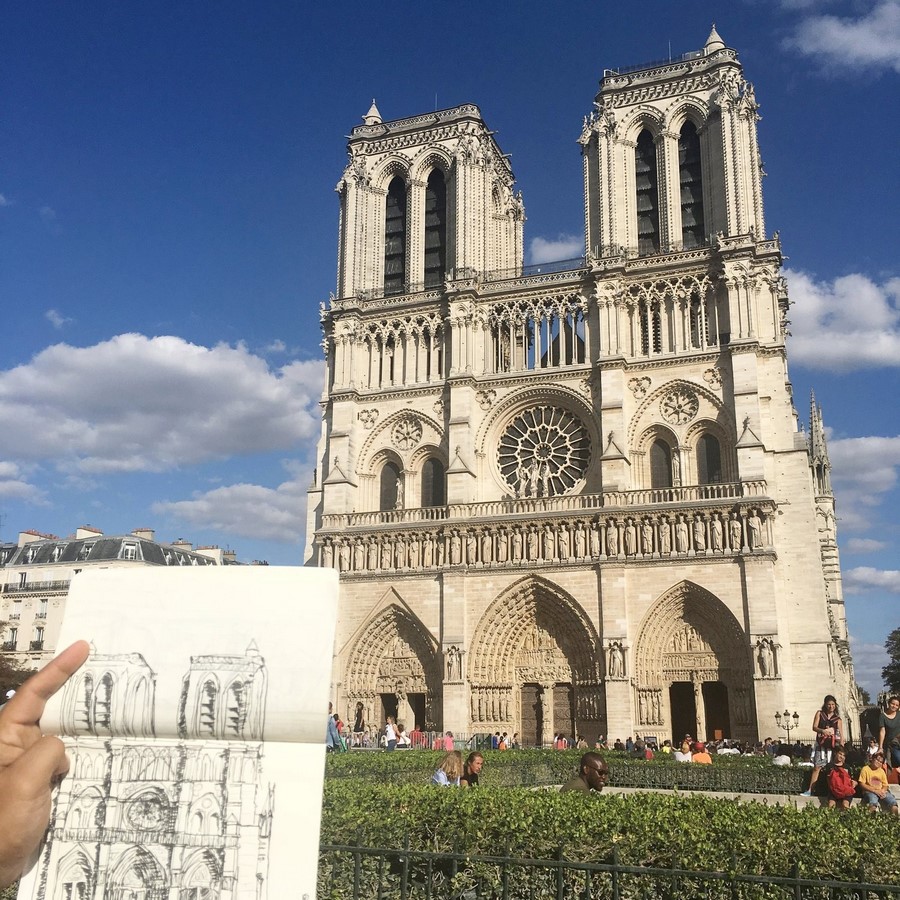
Earning while traveling
With the advent of digitization, it has become very easy to connect and earn money from any corner of the world. Occupations such as photojournalism, blogging, and freelancing have become very popular in recent times. People can live their dream, travel, and earn side by side. Having your travel channel on YouTube or copyrighting your photographs to travel journals has not only pocketed a lot of journeys but has also inspired thousands of people to travel and explore different regions of the world. There are many other ways that one can opt to make a living and still pursue their passion.
(https://www.re-thinkingthefuture.com/fresh-perspectives/a1727-career-options-for-architects-who-love-traveling/)
Apart from these necessary factors, many other minor things can help one undergo a successful journey that can later quantify into technical knowledge, conceptual understanding, and developing different ideologies. One must know the land they chose to call home for a few days. It is rather important to deeply study the city and its origin to understand the culture and people of the place. This also helps one know about the various unexplored structures around the town. Additional skills such as live sketching and architecture photography can also help have a memorable journey. Carrying a sketch book and taking notes is a must.
If one chooses to follow the work of a pioneer architect, it is necessary to identify their original work and ground zero. Certain renowned architects have designed buildings all over the planet, and it is difficult to visit all of them. However, their hometown or the place they started growing from will have many unexplored projects from their early working years that can help one understand their ideologies.
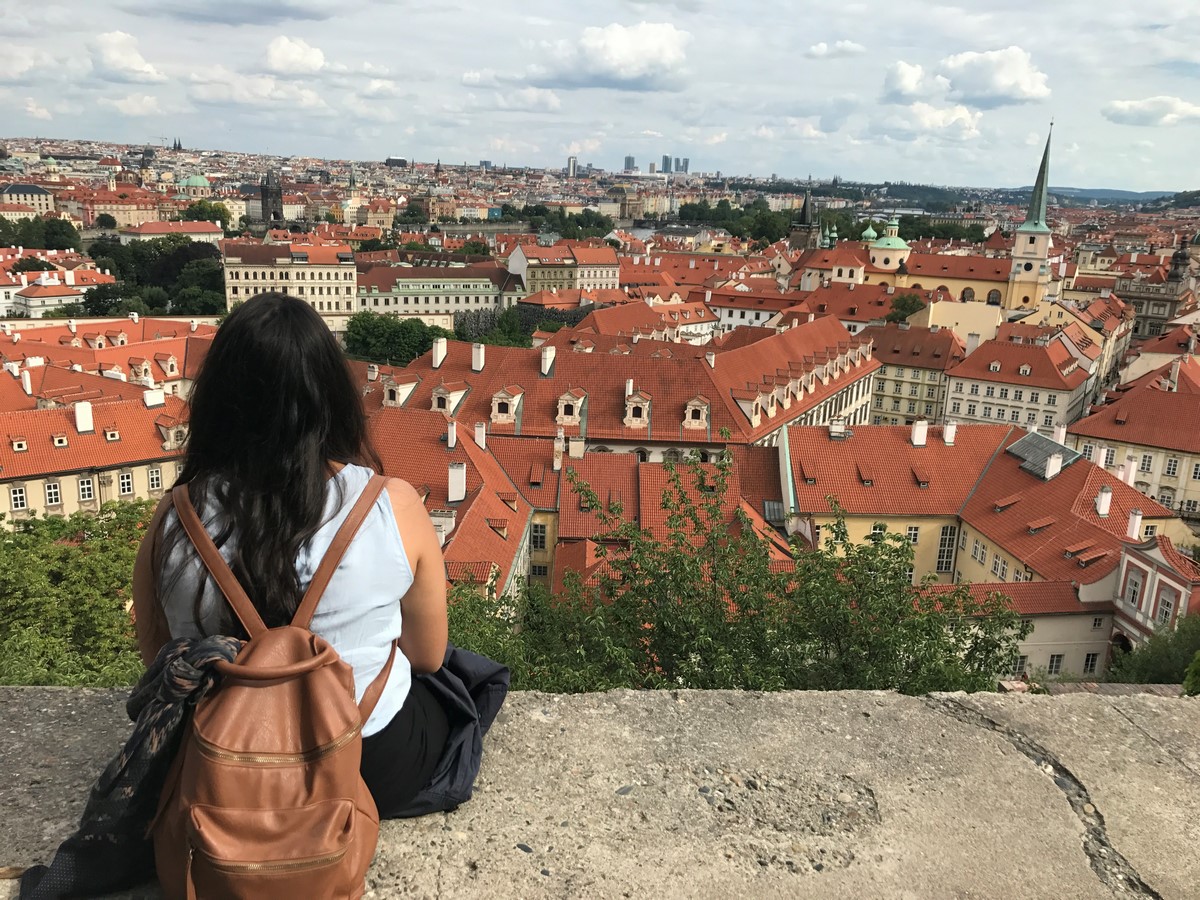
By studying the history of architecture, one can comprehend the transition from the different styles of architecture spread over centuries. This can also help one create a road map to design an itinerary to observe the transition and go back in time. Acquiring knowledge about different materials, technologies, and styles of architecture, it is easier to gather intel about the structures and develop an expedition plan that caters to one’s interest.
Just as architecture, every human has a different meaning for travel. For some people it can translate directly into vacation time, for others, it can be a medium of exploration and retrospection. There is no right way to plan your trip, however, it is necessary to take care of certain aspects such that they do not hinder your wanderlust later.











